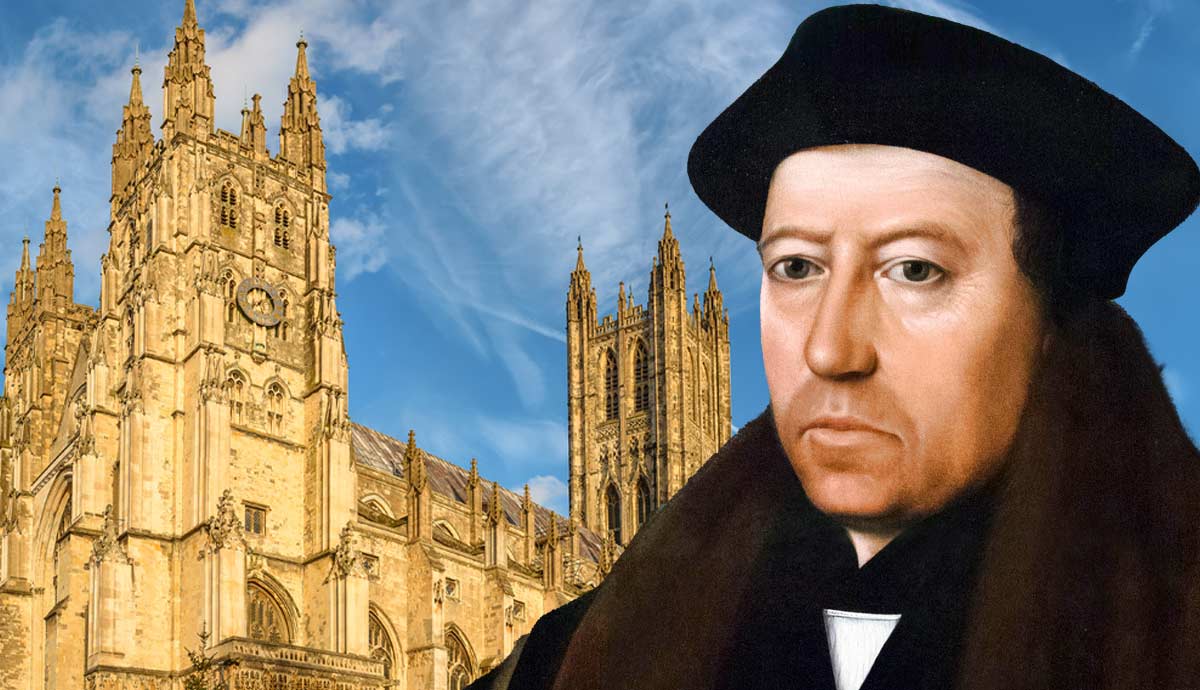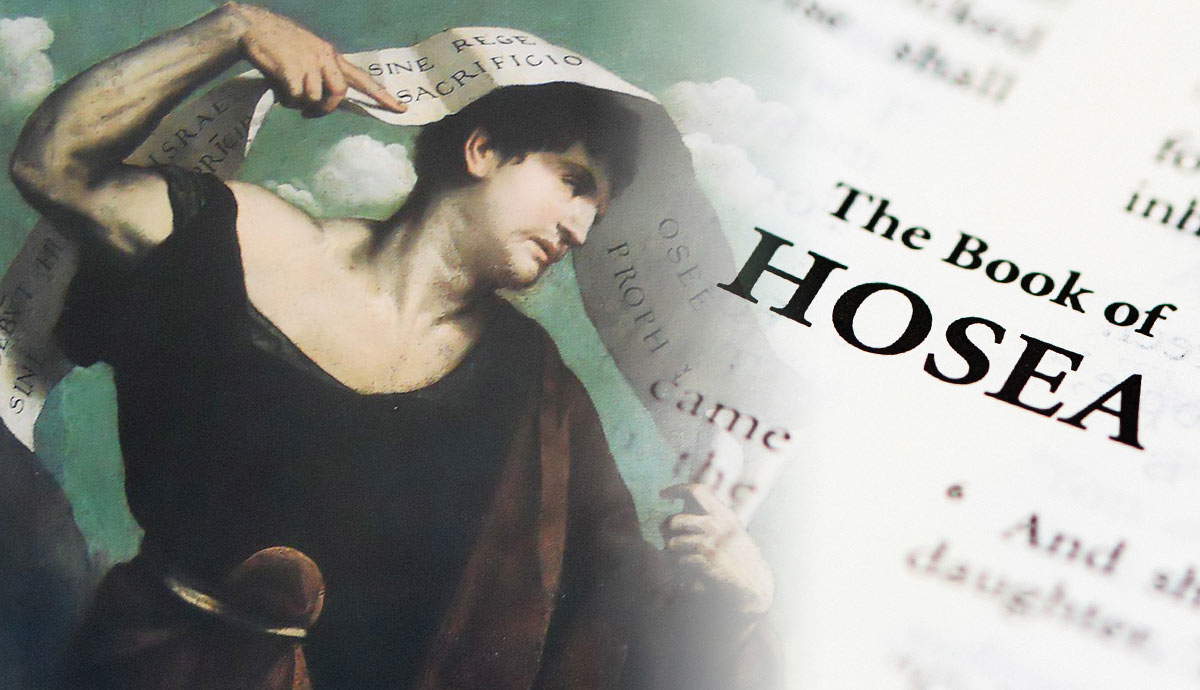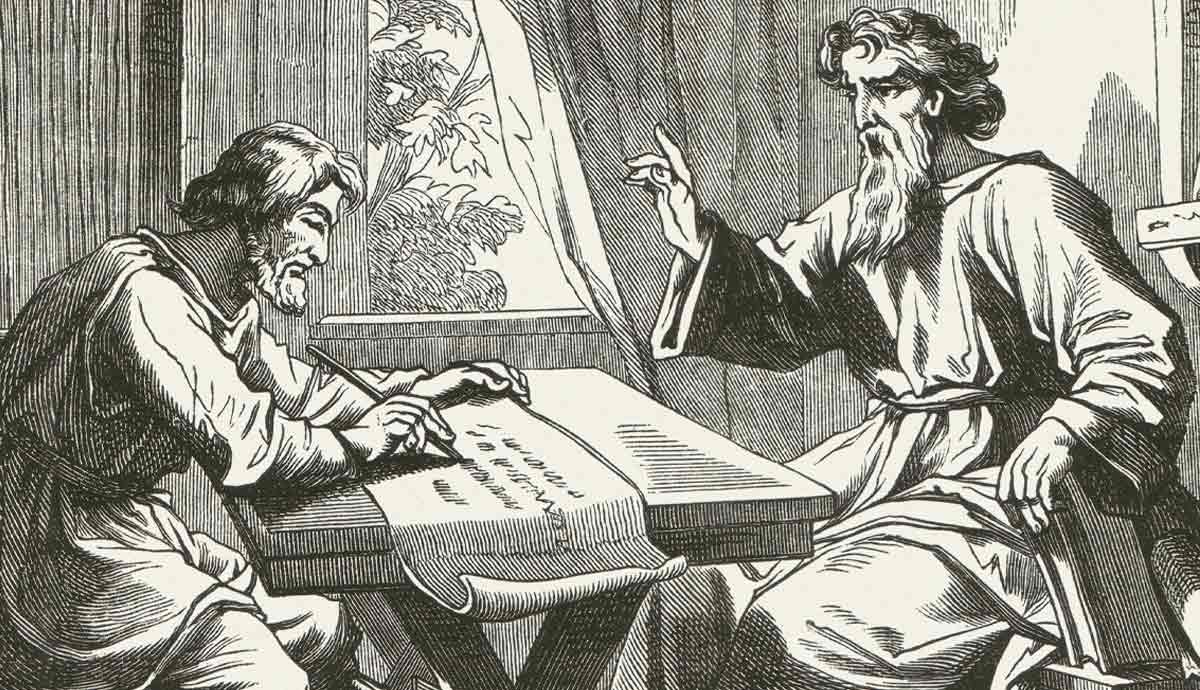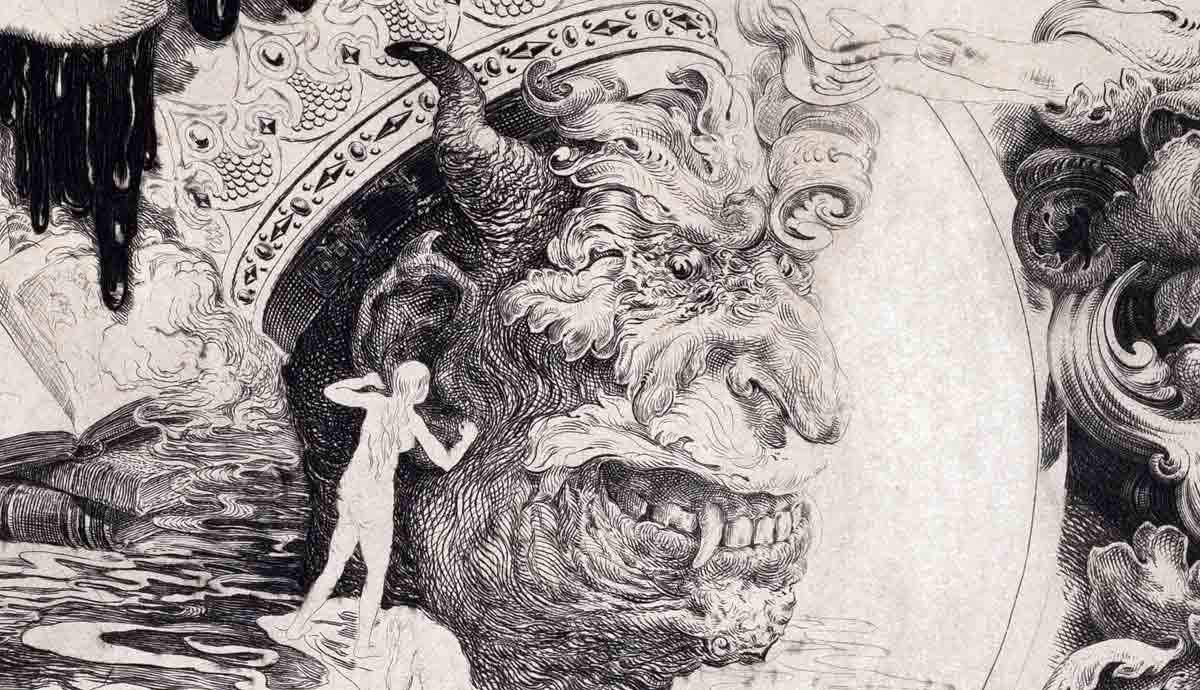
Henry VIII wanted an heir. Catherine of Aragon could not provide him with an heir, so he wanted the marriage annulled since divorce was not an option. When the pope refused, most likely due to potential political repercussions, Henry VIII decided to reject the authority of the Papacy over the Church of England. He installed himself as the head of the new Anglican Church. It was an opportune time to do so since the Reformation was in full swing and church leaders in England held Protestant ideals. Yet, Henry VIII disliked Protestant theology…
What Are the Origins of the Anglican Church?

Christianity had been present in the British Isles since the 3rd century CE but Christians only submitted to the authority of the popes of Rome at the Synod of Whitby in 664 CE. Until the 1500s CE the British Isles were Catholic but a political matter caused a change in the status quo.
King Henry VIII of England wanted to separate from Catherine of Aragon who could not produce a male heir, but divorce was not allowed in Catholicism. The king requested an annulment of the marriage from Pope Clement VII, which would imply that the marriage was not legitimate in the first place. The pope refused since his predecessor allowed the marriage by special dispensation and, in addition, Charles V, the Holy Roman Emperor and nephew of Catherine, may have been offended if the pope annulled the marriage and would cause conflict between the emperor and the pope.
Thomas Cranmer, the highest-ranking bishop in England, advised King Henry to ask the opinion of the theological scholars at the universities in Europe on the legitimacy of his marriage. As expected, the scholars believed the marriage should never have been allowed since Catherine was the widow of Henry’s brother. In 1532, Cranmer became the Archbishop of Canterbury, and in the next year declared the marriage between King Henry and Catherine invalid.
Conflict with the Papacy was inevitable, and King Henry removed England from the pope’s jurisdiction, making himself head of the Church of England in 1534 with the Act of Supremacy. Cranmer became the first Protestant Archbishop of Canterbury and the English Reformation began.

After the death of Henry VIII, his son, Edward VI ascended the throne. This change allowed Cranmer and like-minded theologians to progress much quicker in reforming the Church. They compiled the Book of Common Prayer, a collection of services and other essential resources for the Church of England which became a significant guide for Anglicans.
When Queen Mary, a Roman Catholic, ascended the throne after Edward, the Protestants suffered much persecution. They called her “Bloody Mary” because of the harsh way she dealt with those who opposed Catholicism. Among others, she had Archbishop Thomas Cranmer executed. Thanks to her Protestant half-sister, Queen Elizabeth, who succeeded her and brought much-needed stability to England, Puritans were prevented from purging the Church. The King James Version of the Bible, ever-popular to this day, was a product of the Church of England.
Today, the British monarch is head of the Church of England and the worldwide Anglican Communion traces its roots to the Church of England. The members of the Communion are self-governing entities like the Episcopal Church in the United States, the Anglican Church of Canada, and many others.
General Beliefs

Anglicans accept the major creeds of Christendom such as the Apostles Creed and the Nicene Creed. They believe in the Trinity: God the Father, God the Son, God the Holy Spirit. Membership in the Church comes through baptism, and the Church practices communion, which they refer to as the Eucharist like Catholics do. In addition, they recognize five sacraments: Confirmation, which is the adult affirmation of our baptismal vows; Reconciliation of a Penitent, which takes the form of a private confession of sins; Matrimony which conservative Provinces define as marriage between a man and a woman while progressive Provinces recognize same-sex marriages too; Orders, the ordination of deacons, priests, and bishops; and Unction which involves anointing with oil those who are sick or dying.
Anglican belief vests in the Bible, reason, and tradition. The term via media in the Anglican tradition refers to their self-perception as a middle way between Catholicism and Protestantism. Anglicans are not Protestants in the fullest sense of the word but rather embrace some Protestant principles while holding on to other Catholic traditions.
Anglicans accept the 39 books of the Old Testament and the 27 books of the Old Testament as canonical, which means they agree with the Protestant canon of scripture, consisting of 66 books.
Though the constituent members of the Anglican Communion agree on the authority of the Bible, the Apostolic, and Nicene Creeds, they vary on later statements of faith. Some lean more toward the Protestant side, while others are more Catholic-oriented. Anglicans allow a variety of views among their members as is explained in the Book of Common Prayer, p. 9: “It is a most invaluable part of that blessed ‘liberty wherewith Christ hath made us free,’ that in his worship different forms and usages may without offense be allowed, provided the substance of the Faith be kept entire.”
Distinct Beliefs

The Anglican Triad, or three-legged stool, provides the authority of the Church. “Reason” refers to the intellect and the experience of God. While the Bible is the primary source of authority and tradition refers to the practices, teachings, and interpretations handed down through the history of the Church, reason is used to apply the Bible and tradition. Reason involves critical thinking, reflection, and discernment and allows Anglicans to adapt to changing circumstances and socio-political environments in an intellectually honest way.
Reason received recognition in Anglican theology due to its development as a separate denomination during the Reformation and Enlightenment eras. Reason allows Anglicans to understand the context the scriptures were written in, and the influence culture and society have on traditions, and it allows for new ways to engage with ethical and moral questions neither the Bible nor tradition address directly. It also empowers Anglicans to discover the most efficient ways to speak to groups of people from different cultures and to address challenges from science and philosophy in ways that promote honesty and dialogue.

Constituent Provinces of Anglicanism may differ on what is considered orthodox. The common Anglican stance on matters of faith is codified in the Lambeth Quadrilateral. It was drawn up in 1880, briefly restating the foundations of the Anglican tradition. As the name suggests, it has four core elements, of which the Bible as “the rule and ultimate standard of faith” is the first, the Apostles’ and Nicene Creed, the “sufficient statements of Christian faith” are the second, the sacraments of Baptism and Holy Communion are the third, and the historic episcopate is the fourth.
Each Province, however, has set up commissions or committees that advise the House of Bishops and General Synods in that Province on matters of doctrine. It is the responsibility of the House of Bishops to guard the faith.
Anglicans do not consider themselves as the only true church on earth. They recognize any church that confesses Jesus as Lord, baptizes with water, accepts the Trinity, and believes in the Bible as a fellow Christian church.
The Church year is a Christian calendar of seasons, feasts, and fasts set on specific dates that Anglicans follow. It traces its roots to the principal Jewish feasts and provides a liturgical guide for each year.

Due to the various views Anglicans allow, parties have formed within the Church, promoting their respective views. High Churchmen value the episcopate and support traditional values, liturgy, teachings, and interpretations, leaning toward Catholicism. Low Churchmen, or Evangelical Churchmen, promote more Reformational ideas and teachings, trending toward a Puritan expression of their faith. The Broad Churchmen or Latitudinarians attempt to allow as wide a range of believers and expressions of faith as possible into the Anglican fold.
The unique positions of the Anglican Church have been captured in several works, namely the Book of Common Prayer, the 39 Articles of Religion, the Ordinal, and the Book of Homilies.
Structure

The Anglican Communion consists of 42 autonomous members or Provinces. Though the Provinces are self-governing, their decision-making bodies receive guidance from the four instruments of Communion. These are the Lambeth Conference, the Anglican Consultative Council, the Primates’ Meeting, and the Archbishop of Canterbury. The Anglican Communion Office is located in London and assists Anglican and Episcopalian churches worldwide in fulfilling their calling.
In Anglicanism, the Archbishop of Canterbury is considered first among equals but does not have the same authority the Catholics assign to the pope. He holds no sway over any of the constituent members of the Anglican Communion. The decentralization of authority has led to contention among members on issues where one member province would allow practices others strongly oppose. Some Anglican churches, for instance, allow the ordination of women, while others do not.










